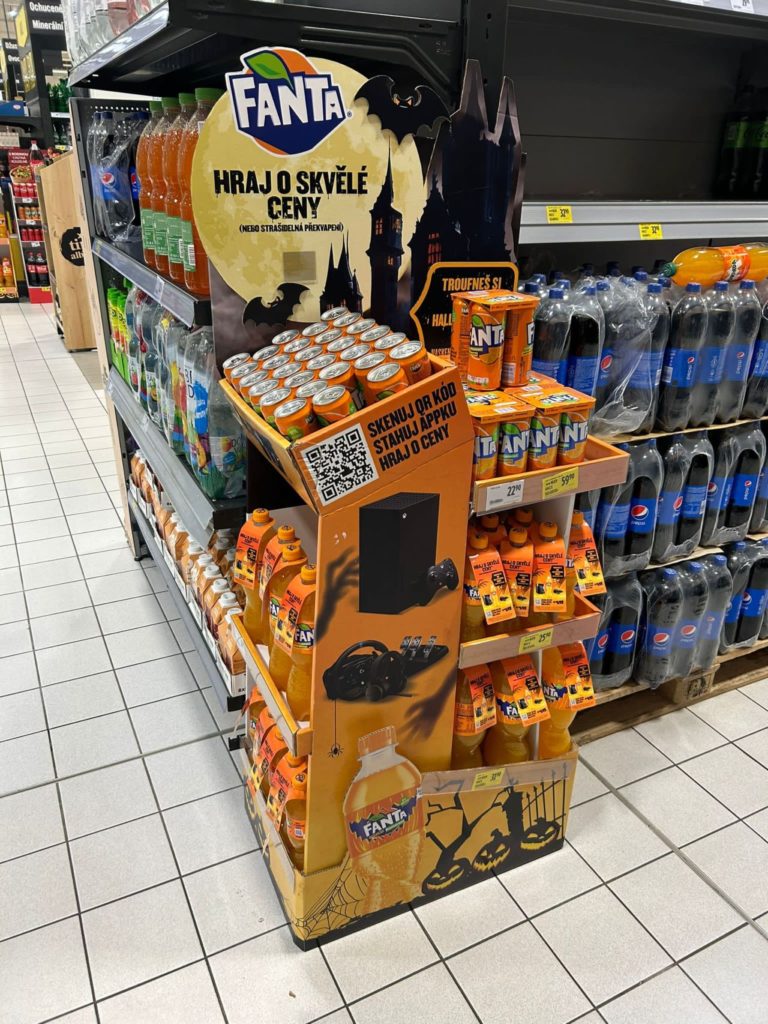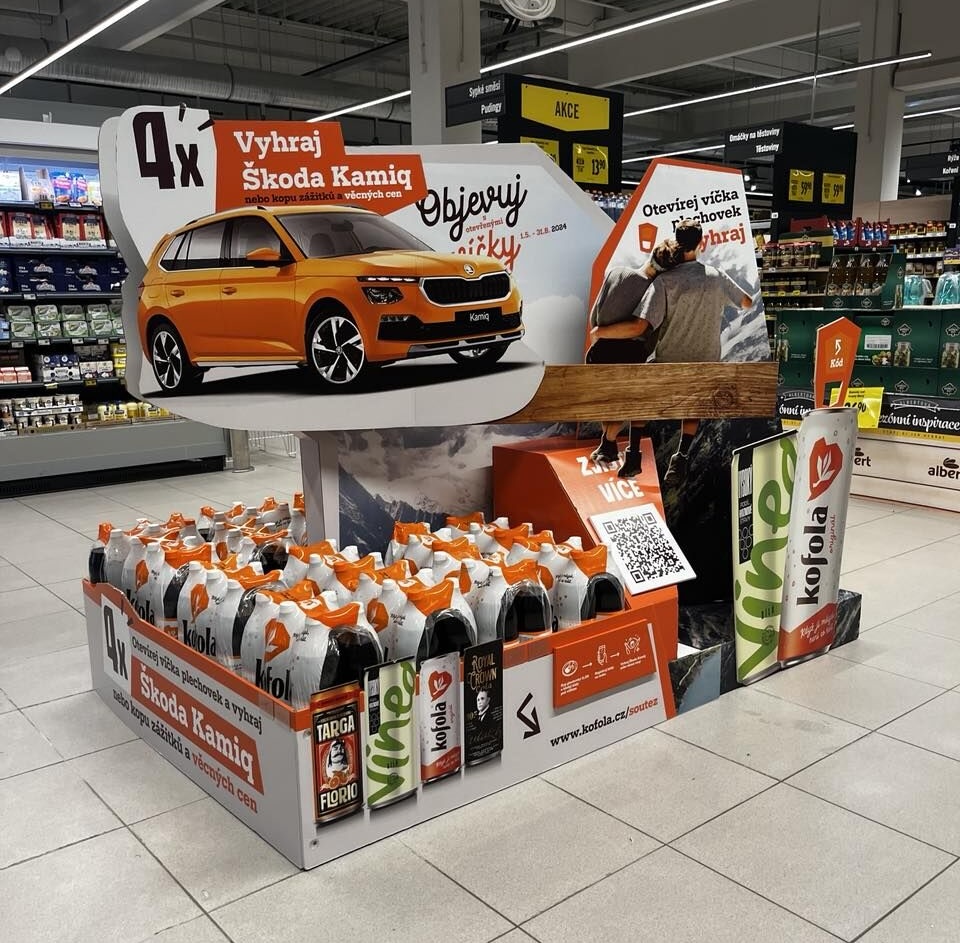
Have a nice day,
In today’s episode, we’re going to look at the tricks and tips on creating designs with high conversion rates.
Why Focus on Conversion?
Designing for conversion is the ultimate test of effectiveness in communication. Every element of a design—its colors, layout, typography, and messaging—should lead toward a single goal: inspiring the desired action. Whether it’s encouraging users to make a purchase, sign up for a service, or simply click through to another page, conversion rates are the most tangible measure of success. This final topis in our series takes you through the essential strategies and insights to craft designs that move audiences seamlessly from attention to action.
Understanding the Path to Conversion
The journey to conversion isn’t just about grabbing attention—it’s about guiding the shopper through a logical and emotionally engaging flow. At the core of high-converting designs are three interconnected stages. First, attention must be captured through visually striking and contextually relevant elements. Once you’ve gained their interest, it’s about communicating value quickly and effectively, helping shoppers connect with your message. Finally, facilitating action is key—ensuring every step of the process is as intuitive and frictionless as possible.

Nice stand-out with clear message that offers relevant benefits.
These three stages—attention, interest, and action—are the foundation of successful conversion-focused design. A failure at any one of these points can break the chain, losing the potential for action.
Designing for Action
Designs that convert don’t happen by accident; they’re the result of intentional decisions aimed at influencing shopper behavior. A critical factor is the clarity and prominence of calls-to-action (CTAs). The language used should be direct, action-oriented, and specific, avoiding vague terms like “Buy me.” Instead, verbs like “Win”, “Try” or “Get” clearly anticipate the action. Visually, CTAs should stand out, using contrast and strategic placement to ensure they’re noticed at key decision points.

“Win great prizes” or “Win Škoda Kamiq” simply calling shoppers to take action.

Reducing friction is equally important. Complex processes or cluttered designs often deter shoppers from completing actions. For mobile users, optimizing designs for smaller screens and touch interactions ensures that they don’t abandon the process out of frustration.
Psychological Triggers That Drive Conversion
Effective design leverages an understanding of human psychology to encourage action. Urgency, for instance, is a powerful motivator. Highlighting limited-time offers or using countdown timers can create a fear of missing out, compelling shoppers to act quickly. Similarly, social proof builds trust, whether through customer reviews, testimonials, or showcasing the number of shoppers who have already taken the desired action.

Kilpi is great at creating a fear o missing out, calling shoppers to act quickly.

Another key principle is reciprocity—the idea that people are more likely to respond positively when they feel they’ve received something first. Offering free resources, discounts, or exclusive content creates goodwill and incentivizes shoppers to take the next step. These triggers aren’t manipulative but rather help shoppers make decisions by reducing uncertainty and building confidence.
Leveraging AI for Smarter Conversion Strategies
AI-powered tools like Designcheck.ai can elevate conversion strategies by providing actionable insights into shopper behavior and design performance. These tools can analyze where shoppers drop off in the funnel, helping you pinpoint and address pain points in your designs. They also enable rapid testing of different layouts, messaging, or color schemes to identify what resonates most with your audience.

Analyzing design performance and attention with Designcheck.ai
Design isn’t just about aesthetics
High-conversion designs blend creativity, psychology, and data-driven refinement. By applying the strategies outlined here, you can create communication that not only captures attention but also delivers real, measurable results. As we close this series, remember that effective design isn’t just about aesthetics—it’s about achieving meaningful outcomes.
Have a nice day,
Jan from Designcheck.ai

